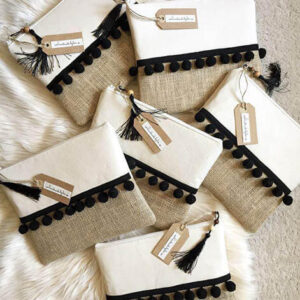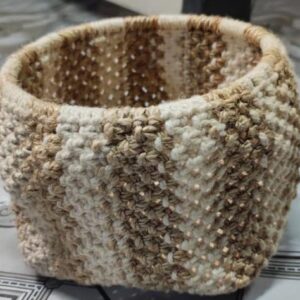

We're specialized in food graded jute eco packaging
LARGEST RANGE OF JUTE PRODUCTS
Welcome to The Jute Fibers BD Ltd.
At present various entrepreneurship development in diversified jute products involves poor women and other rural and urban unemployed and underemployed: hence significant alleviation of poverty is expected from the diversified projects. Our specialty is to provide upcoming demanding VOT/ food graded jute product.
The Jute Fibers BD will be the next top trustworthy brand in world jute sector by ensuring quality & continuous supplying our products as requirements according to our present and upcoming future valued customers.
Our specialized product
Hand Bag
Hand Bag
Hand Bag
Hand Parts
Hand Parts
Jute Busket
Ladies Bag
Ladies Bag
THESSALONIKI INTERNATIONAL FAIR GREECE 2019 - THE JUTE FIBERS BD
THE JUTE FIBERS BD - JUTE DOCUMENTARY
THE JUTE FIBERS BD - JUTE DOCUMENTARY

Cheaper Costs
Jute is Cheaper as compared to other stuff and material, thus we can also save money up to some extent.

Eco Friendly
Jute is biodegradable material thus is very beneficial for our environment.

Environment Safety
The jute products and jute goods will also help in reducing pollution from our environment and our planet.

Our Equipment and Technology are State-of-the-Art
“Popys” is one of the fastest growing companies in its short history. In terms of finance, production, and marketing, it has excellent management disciplines.
MANUFACTURING PROCESS
At all stages of jute manufacturing, we mandate greater mindfulness and openness about quality.
QUALITY
CONTROL
A company's success on the world market is largely determined by continuity of quality control. Quality is our top priority at every stage of our production process.
TIMELY
SHIPMENT
We are 100% committed to on-time delivery and will compensate you in the event we are not able to meet our commitment.
OUR ETHICS AND ACCREDITATIONS
At “The Jute Fibers BD” we work with a single dedicated factory which ensures transparency, no surprises and complete control of production.















